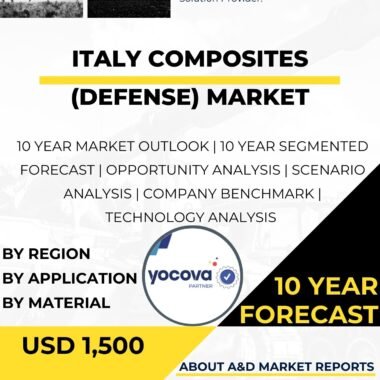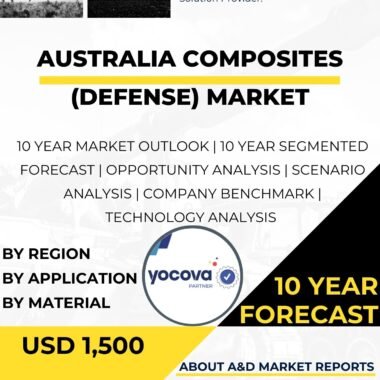Description
The Belgium defense armor material market is a significant segment within the country’s defense industry. Armor materials are essential for the protection of military personnel, vehicles, and equipment against various threats, including ballistic projectiles, explosive devices, and chemical agents. Belgium recognizes the importance of advanced armor materials in enhancing its defense capabilities, improving survivability, and ensuring the safety of its armed forces.
The primary driver for the Belgium defense armor material market is the need for advanced and lightweight materials that provide effective protection against modern threats. Armor materials are designed to absorb and dissipate the energy of incoming projectiles or blasts, minimizing the damage and reducing the risk of casualties. These materials include high-strength composites, ceramics, metals, and specialty alloys.
Belgium’s domestic defense industry plays a crucial role in the development, production, and integration of armor materials for defense applications. Belgian companies, such as CMI Defence and John Cockerill Defense, have expertise in armor technologies and contribute to the country’s defense armor material capabilities. These domestic capabilities foster innovation, create job opportunities, and contribute to the economic growth of the Belgium defense armor material market.
Collaborations with international partners and suppliers are also significant for the Belgium defense armor material market. Belgium often engages in partnerships with defense companies from NATO member states and other allied nations to access advanced armor technologies, benefit from joint development programs, and ensure interoperability with allied forces. These collaborations enable Belgium to leverage global advancements in defense armor materials and enhance its military capabilities.
Furthermore, Belgium’s participation in multinational defense initiatives influences the defense armor material market. Collaboration within NATO and other international defense cooperation programs fosters interoperability, joint training exercises, and the exchange of best practices. This cooperation ensures compatibility and enhances operational effectiveness when conducting joint military operations with allied forces.
The Belgium defense armor material market faces challenges such as technological advancements, weight considerations, and cost-effectiveness. Technological advancements in armor materials, including the development of new composites, ceramics, and coatings, require continuous research and development efforts. The Belgium market needs to stay at the forefront of innovation to provide state-of-the-art armor materials that meet evolving defense requirements.
Weight considerations are crucial for the integration of armor materials into military platforms. While providing effective protection, armor materials must also be lightweight to avoid compromising the mobility and operational capabilities of personnel and equipment. Belgium’s defense industry must balance the need for protection with weight limitations to ensure optimal performance.
Cost-effectiveness is an important factor in the selection and procurement of armor materials. Belgium, like other nations, must carefully manage defense budgets and allocate resources prudently. The cost of acquiring and integrating armor materials can be significant, necessitating cost-effective solutions without compromising on the level of protection provided.
In conclusion, the Belgium defense armor material market is a significant segment within the country’s defense industry. Armor materials play a crucial role in protecting military personnel, vehicles, and equipment against various threats. Domestic capabilities, collaborations with international partners, and Belgium’s participation in international defense initiatives drive the growth and development of the defense armor material market. As defense requirements evolve and technological advancements continue, the demand for advanced, lightweight, and cost-effective armor materials is expected to increase, fostering innovation, collaboration, and economic growth within the sector.




